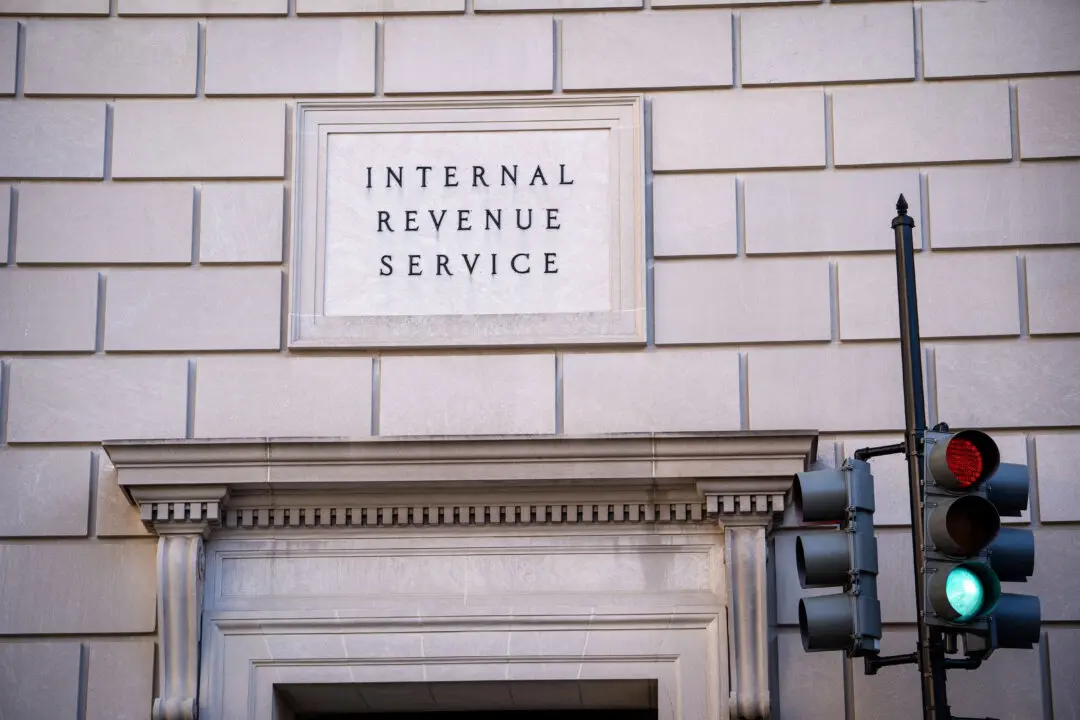U.S. average gas prices could cross $4 per gallon by next year, according to a forecast by GasBuddy, which also did not rule out prices hitting $5 per gallon by summer.
Gas prices in America usually tend to rise heading into the summer as more people get on the road during this time.
Moreover, refiners switch over to summer-grade gasoline, which costs more. GasBuddy forecasts the national average to hit a high of $4.25 per gallon by August 2023, and then decline toward $3 per gallon by the year-end.
As to whether gas prices might hit $5 per gallon in the summer, DeHaan does not rule it out. “It’s not impossible,” he said, “merely improbable at this moment.”
DeHaan pointed out that the markets this year were hit by “extreme amounts of volatility.” Gas prices had crossed $5 per gallon in June following uncertainty created by the Russia–Ukraine conflict.
EIA, Oil Predictions
The U.S. Energy Information Administration (EIA) is expecting retail gasoline prices to average $3.50 per gallon in 2023, which is down from $3.99 per gallon in 2022, but higher than $3.02 per gallon in 2021.“As refiners maintain high utilization in response to high distillate margins, we expect this trend to continue and for gasoline inventories to reach five-year average levels in 2023, limiting upward pressure on gasoline prices,” it said.
Price Rise Under Biden
The Biden administration has been criticized for being unable to rein in gas prices. Since Joe Biden became president, the price of retail gas in the country rose from $2.46 per gallon to $3.20 per gallon as of Dec. 26, which is an increase of 30 percent.Since hitting its peak of $5.10 per gallon in June, retail gas prices have fallen by 37 percent. Some credit the Biden administration for the fall.
China is the largest energy consumer and the second-largest oil consumer. As such, the lockdowns have affected oil usage and demand.
Newman cited a report by S&P Global Commodities which also credited Beijing’s COVID-19 policy as being the “most important fundamental factor” driving energy markets.
Chinese energy imports were weaker in 2022, without which prices of all commodities would have “undoubtedly” been higher, S&P stated.





